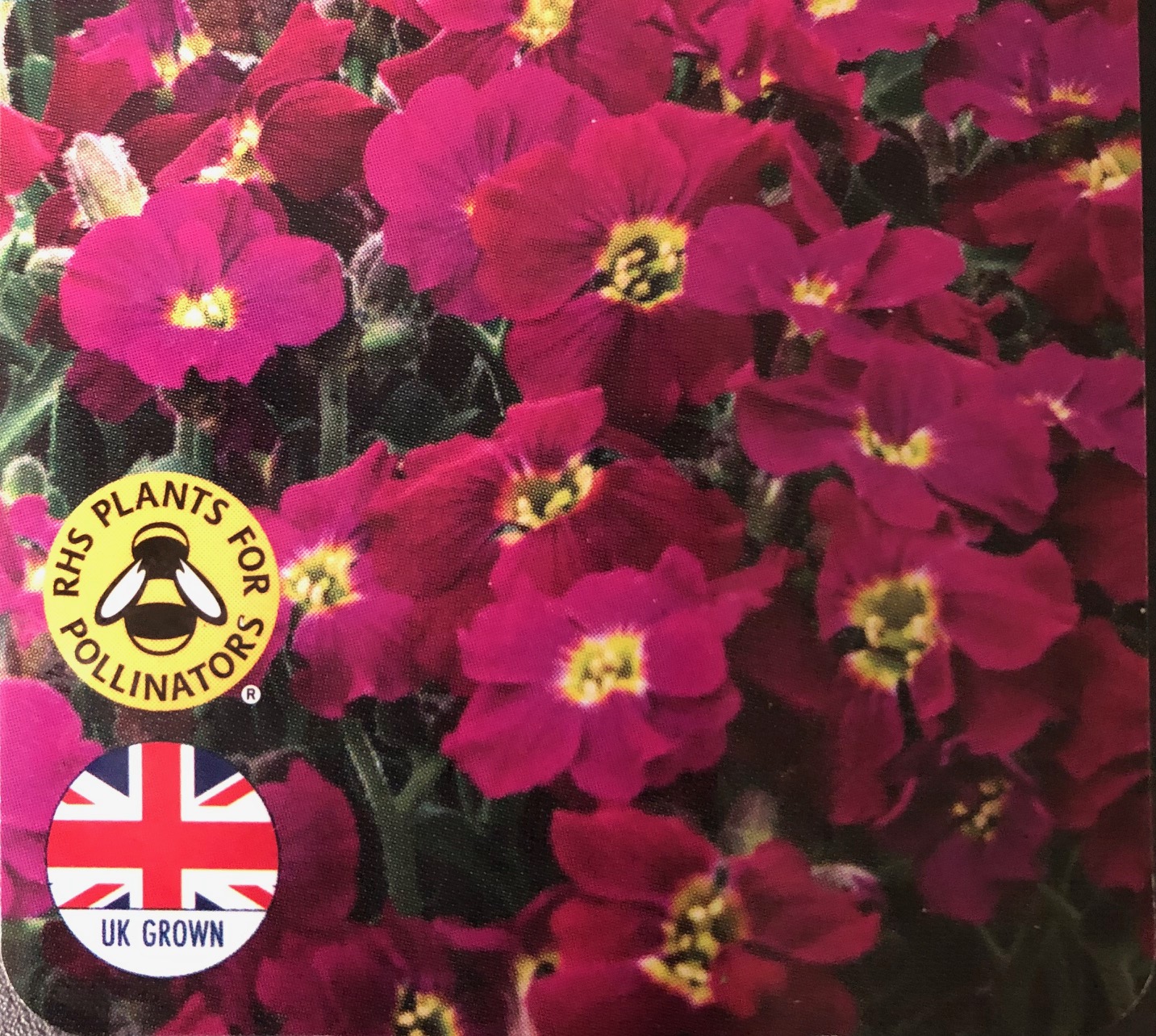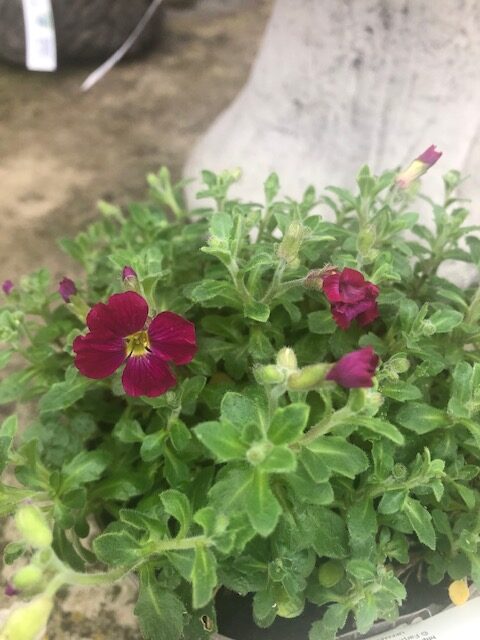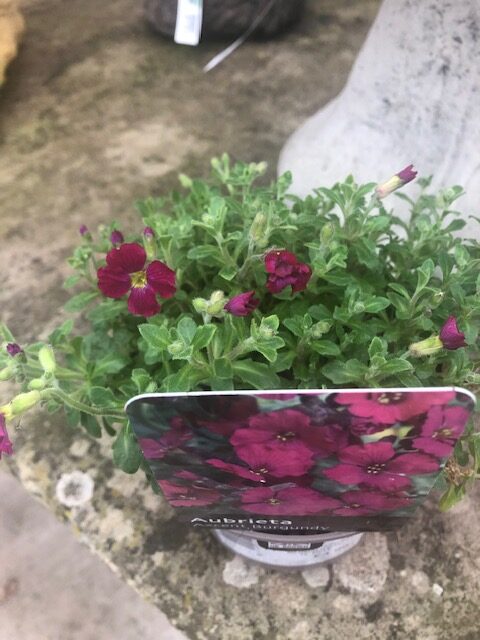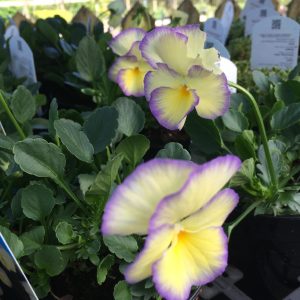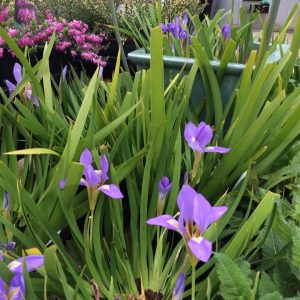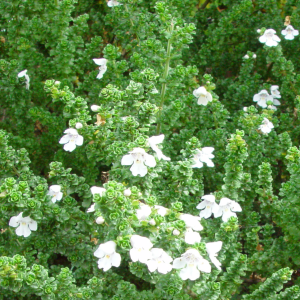Baby Range (9cm), Perennials, Rockery / Small Spaces
Aubrieta Burgundy
Aubrieta Burgundy
Aubrieta Burgundy 
An easy to grow alpine with grey green mats of small leaves, literally smothered with large, red purple flowers. Lovely cascading down over a wall, or near the front of borders.
SKU: AUBRETIA-BU
Categories: Baby Range (9cm), Perennials, Rockery / Small Spaces
Tags: Aubrieta Rockery. Paving. Walls. Evergreen., Border edging plant, Easy to grow, path edging, Perennial Flower, Rockery Plants, wall planting
Related products
-
Rated 0 out of 5
Prostanthera cuneata
£11.99 Select options This product has multiple variants. The options may be chosen on the product page -
Rated 0 out of 5
Aubrieta Kitte Blue
£4.99 Select options This product has multiple variants. The options may be chosen on the product page

